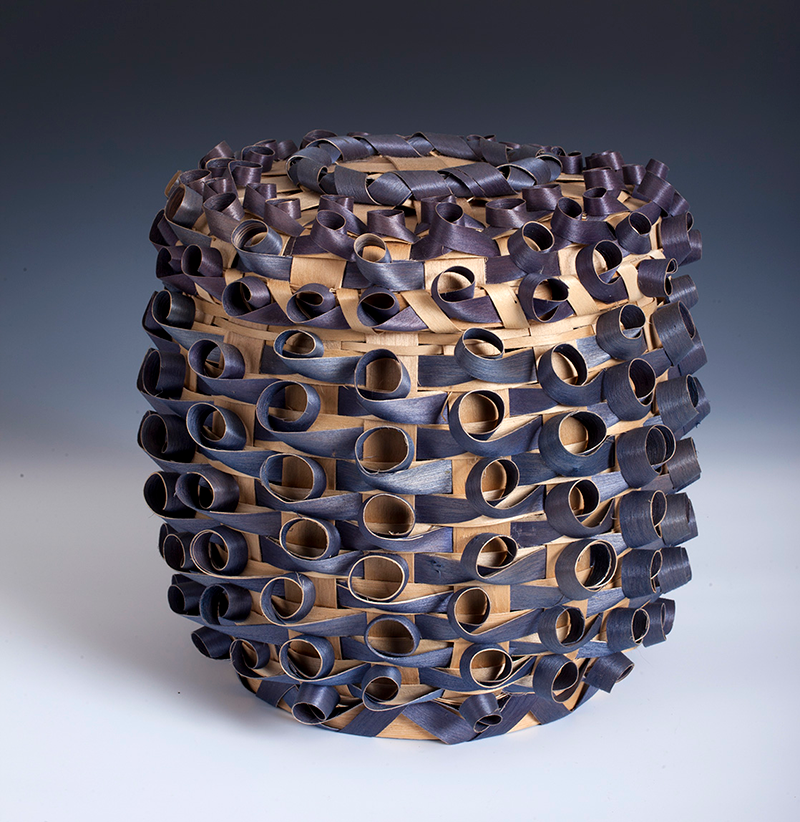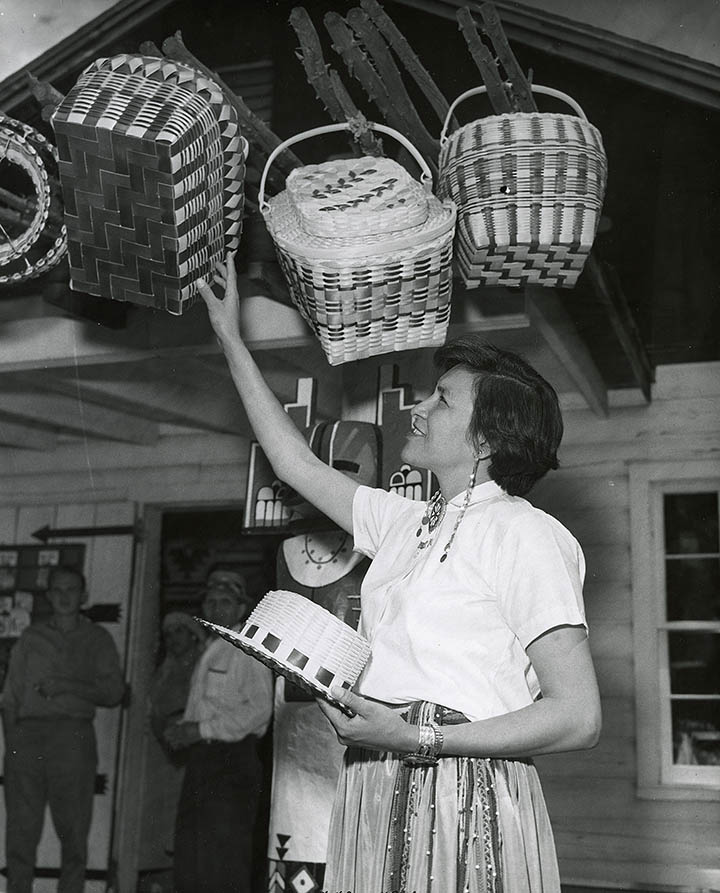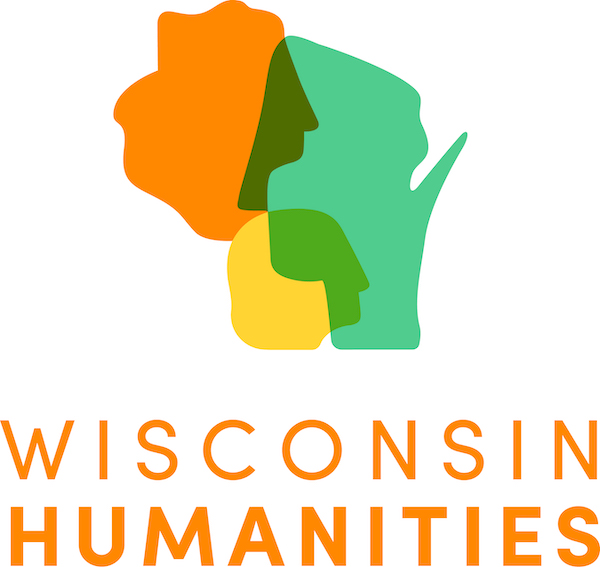
On View in West Bend
Weaving a Legacy
Ho-Chunk Black Ash Basketry
Past Exhibition
August 3–November 10
MOWA | West Bend
About the Exhibition
“This project raises serious questions regarding historical and gender-based injustice, the cultural impact of tourism, and the importance of primary Indigenous-driven research to reset the art historical canon.”
—Laurie Winters, James and Karen Hyde Executive Director
August 3–November 10
MOWA | West Bend

Weaving a Legacy: Ho-Chunk Black Ash Basketry is a groundbreaking exhibition that will introduce audiences to the historically important and visually compelling tradition of Native basketmaking in Wisconsin. Featuring nearly 200 works by more than 40 Ho-Chunk makers from the mid-1800s to the present, the exhibition is curated by Ho-Chunk artist and University of Wisconsin–Madison Professor of Photography, Tom Jones. In an act of cultural preservation, Jones has collected and studied thousands of Ho-Chunk baskets—piecing together tribal history—for more than a decade.
By the 1820s, Ho-Chunk black ash basket-making had fully emerged in Wisconsin. Design inspiration was borrowed from the Indigenous traditions of hand-woven twill and wool mats, rugs, and panel bags, as well as the later practice of ribbon-work appliqué, which incorporated European trade goods into Ho-Chunk designs. Over the decades, the growth of the tourist industry, especially along Highway 12—one of the earliest east-west routes through the country—helped fuel the demand and proliferation of the baskets. Designs evolved to reflect the specialization of the makers and include more than fifty different functions and shapes including sewing, picnic, hamper, shopper, market, purse, egg, barrel, feather, and funerary urn baskets.
Modern and contemporary works establish Ho-Chunk basketry as an enduring and evolving art rooted in uniqueness and individual expression. This exhibition highlights more than a dozen artists whose works are collected by major American museums like the National Museum of the American Indian and the Metropolitan Museum of Art. Helen Lonetree (1932–2014), for example, developed a highly distinctive, recognizable weaving style of visually striking experimental works covered in curlicues. Ruth Cloud, Leola Rockman, Sarah White Eagle, and Lila Blackdeer are also much-coveted names in museum collections.
More than ever, this exhibition is profoundly important. Recently, the continuation of the Ho-Chunk basketry tradition has come under threat by the proliferation of the invasive emerald ash borer insect which is rapidly destroying black ash trees across the Upper Midwest. As the only exhibition to ever be devoted to this topic, Weaving a Legacy stands as the voice connecting the past, present, and future.
Images
Top: Helen Lonetree, Sewing Basket, 1975 (detail), Lent by Michael Schmudlach
Side: Tourist Shop, Wisconsin Dells, c. 1950
Upcoming Exhibition Activities
View All EventsSupport for this exhibition
generously provided by


The James and Karen Hyde Foundation

Thomas J. Rolfs Family Foundation

